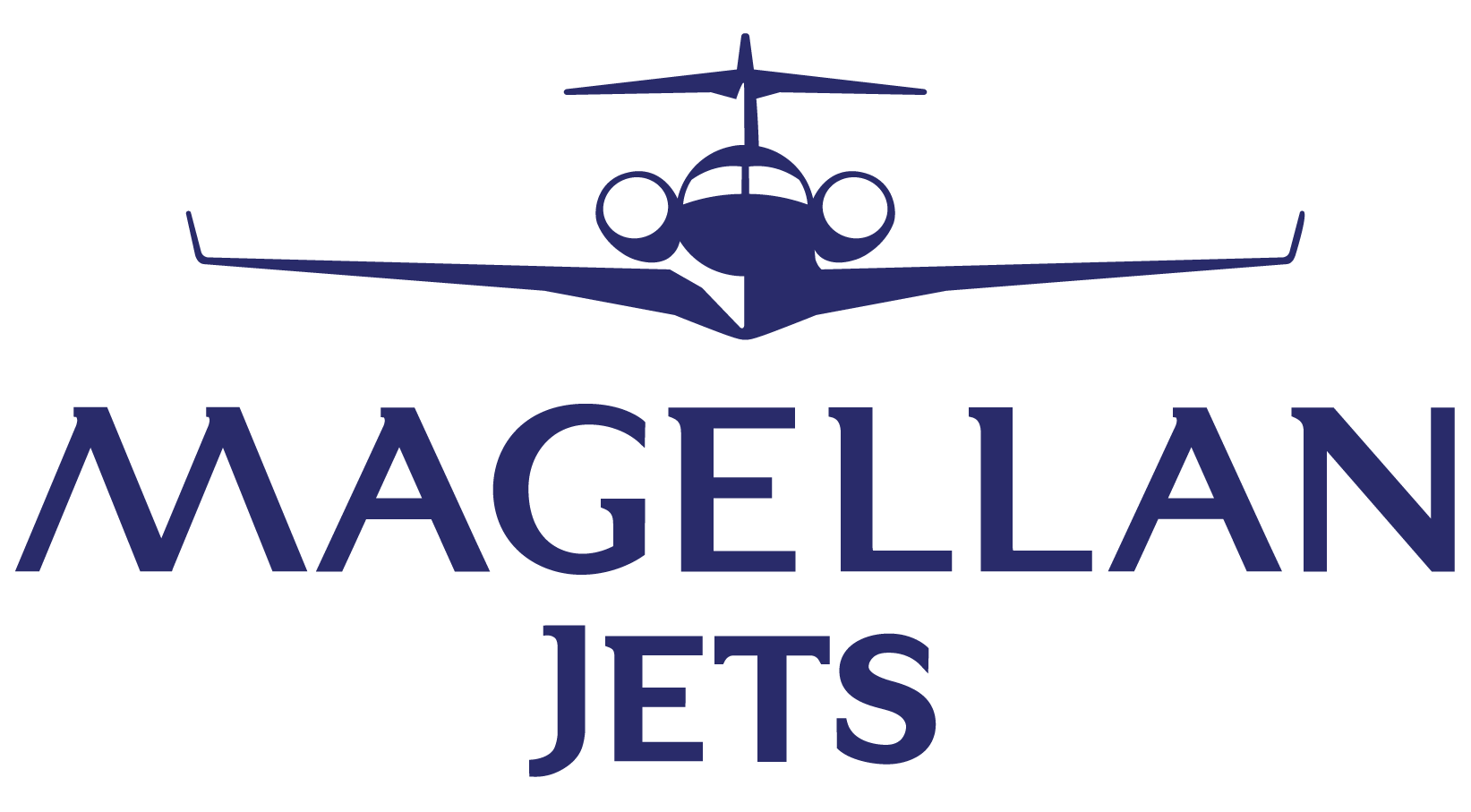Late last month, the FAA signed a three-year deal with the National Air Traffic Controllers Association valued at $669 million. A new contract for Natca had been a top priority of the Obama administration after years of impasse in negotiations with the union that represents about 20,000 employees.
The deal will elevate the union’s influence on aviation policy and signals a growing role for public-employee unions at other federal agencies.
John Gage, president of the American Federation of Government Employees, called it “a good sign” for labor, given that it is the first major deal reached between a large employee union and a federal agency since Mr. Obama took office.
More talks between labor and government agencies are coming, Mr. Gage said, including at the Department of Veterans Affairs, the Social Security Administration and the Department of Justice. Union advocates also hope to secure collective-bargaining rights for more than 40,000 employees at the Transportation Security Administration, part of the Department of Homeland Security.
“We’re hoping to influence these agencies more and more,” Mr. Gage said.
But critics said it is an overly generous pact that is giving the union too big a role in shaping federal policy. Rep. John Mica of Florida, the ranking Republican on the House Transportation Committee, characterized the controllers’ pact as a “huge boost” and said he has “several concerns” related to the controllers’ union’s role — suggesting, for instance, that controllers might resist technological upgrades that would threaten jobs.
A Natca spokesman said that Mr. Mica’s concerns are misplaced and that controllers have been among the biggest proponents of modernizing air-traffic technology.
Natca’s ability to negotiate with the FAA over pay rates is unique. Most federal employee unions have their pay rates set by Congress and can bargain only over work rules.
But Natca, under the new contract, got a pay increase. The FAA says the average annual cash compensation for fully certified controllers will rise to $157,990 in 2012 from $142,101 now. The FAA estimates the average pay for fully certified controllers will rise by at least $14,906 over three years and less-experienced controllers could see an average pay boost of at least $27,358 during the three-year period.
The union says average cash compensation for fully certified controllers will decline over the next three years as higher-paid controllers retire and are replaced by lower-paid ones. The union also says the FAA has saved more than $1 billion in labor costs since it imposed pay cuts on controllers in 2006.
The new contract also contains articles that ensure greater union participation in technical and procedural changes as well as implementation of the new satellite-based air-traffic-control system, Natca says.
The head of the FAA, former Air Line Pilots Association leader Randy Babbitt, said the FAA will benefit by involving the traffic controllers more closely in shaping policies, such as redesigning the congested airspace above New York City and transitioning to the new air-traffic-control system, which could reduce delays and accommodate increased air travel in the decades ahead.
“The agreement is about a lot more than the money,” said Mr. Babbitt, who has worked with both Republican and Democratic administrations. He served on an FAA advisory panel throughout George W. Bush’s administration, and last year, in the wake of scandals involving Southwest Airlines Co. and AMR Corp.’s American Airlines, then-Transportation Secretary Mary Peters appointed him to an internal review team that examined the FAA’s safety-oversight programs.
In recent years, Natca officials said, tension with FAA managers led many veteran controllers to retire, increasing the proportion of the less experienced in control towers. FAA’s most recent data show that the number of serious errors made by controllers declined to 328 in the year ended Sept. 30 from 346 during the previous year. The number of serious runway incursions — events where planes or other vehicles on tarmacs get too close together or nearly collide — declined to 12 in the year ended Sept. 30 from 25 the prior year.
The National Transportation Safety Board and FAA are still investigating an August midair collision between a small plane and a tourist helicopter over the Hudson River that killed nine people.
The NTSB, a separate agency not covered by the labor pact, has criticized the “complacency” of air-traffic controllers at New Jersey’s Teterboro Airport at the time of the crash. The FAA has suspended two employees there, but the agency has said their actions didn’t contribute to the accident.
Air-traffic controllers and the FAA have had rocky relations for nearly 30 years. President Ronald Reagan’s decision in 1981 to fire striking air-traffic controllers jolted labor relations in the public and private sectors for years.
Relations between the union and the FAA were strained again during the latter years of President George W. Bush’s administration. In 2006, the FAA imposed some pay cuts and more stringent work rules after negotiations on a new contract hit an impasse.
By Christopher Conkey
- Ways to Fly private
- Jet CardThe only Build-a-Card ® in the industry – ultimate flexibility and consistency.Jet MembershipsGuaranteed fixed rates and availability, while paying as you go.Charter FlightsAccess the safest and highest quality aircraft on a trip-by-trip basis.Sales & ManagementFind The Right Jet, Develop A Personalized Management Plan, and Optimize Your Asset.
- For Business
- App
- Safety
- About Us
- Solutions
- Resources & FAQs














